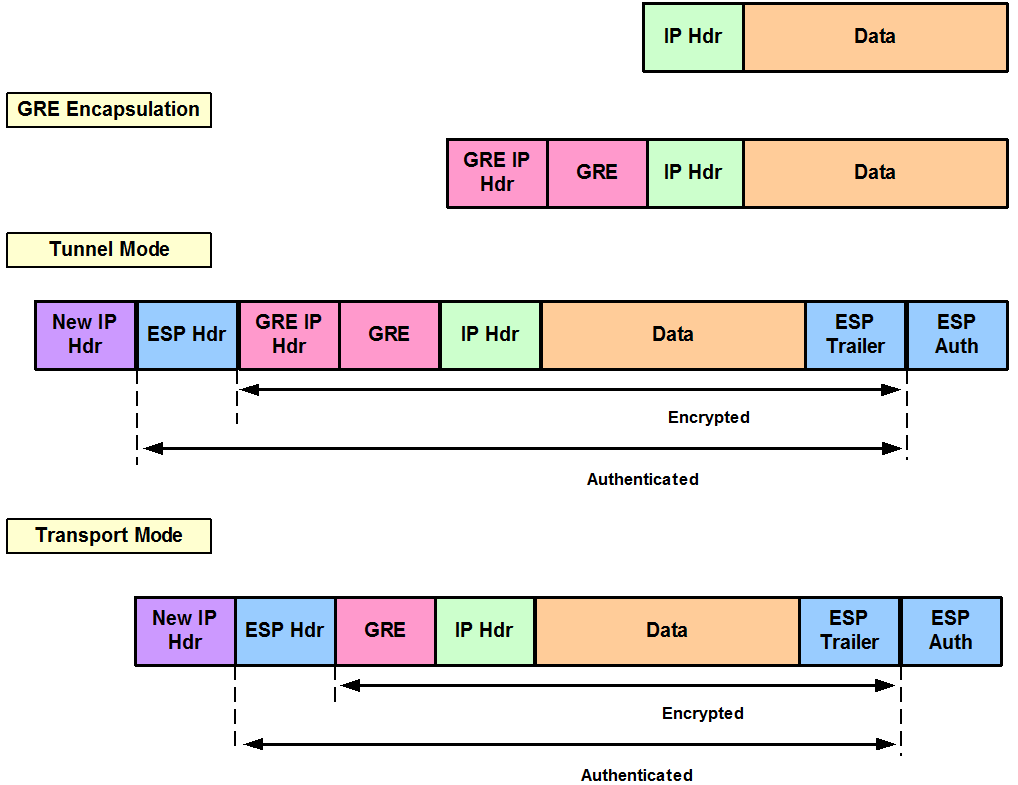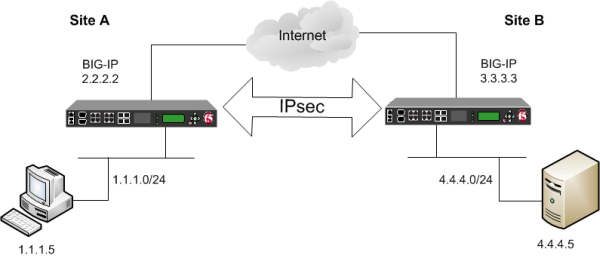

This cutting-edge multifamily development offers a variety of living options to suit your needs. This means that you can set a size that will not require fragmentation by the router, it will not undo something that the application has done, and it puts the overhead of managing the packet size on the end station rather than the router.Įither the df-bit clear or the adjust-mss can provide an effective solution. Edge View offers new designer townhomes in Tallus Ridge.

It will cause the router to intervene in the TCP packets when the session is being negotiated and set the max segment size to the value that you specify. The ip tcp adjust-mss is my favorite solution. Second it puts the overhead of fragmenting and reassembling the packet on the routers in the network and I would rather put that load on the end stations rather than on the router. First it clears the do not fragment bit of every TCP packet and if there were some real and valid reason why the application set the bit, the router has just undone it. There are two reasons why this is not my favored solution. This will prevent the problem of packet loss due to packets needing fragmentation but the do not fragment bit being set. The crypto ipsec df-bit clear will clear the do not frament bit of TCP packets. In my opinion this is the least effective of the 3 approaches.

The first one ip mtu 1400 will logically put the layer 3 mtu (not necessarily the physical MTU) at 1400. Following snapshots show the setting for IKE phase (1st phase) of IPsec.
#Ipsec on an edgeview plus
Click on plus button to add new policy of IPsec tunnel on local side (side-a in this case). Check Enable IPsec option to create tunnel on PfSense. The 3 commands that you use reflect 3 different ways to try to control fragmentation. PfSense firewall is configured using web interface so following window open after clicking on IPsec sub-menu under VPN. Your network will perform much better if the end stations will use a packet size that does not require fragmentation when the packet goes through the network. This is the opposite of what I would expect (and of what I have experienced in setting up IPSec with GRE in various networks). I am very surprised that you say that there were problems when the tunnel MTU was set to 1420 but it worked better when you set the MTU to 1500. Also consider that some applications send the TCP packet with the Do Not Fragment bit set so that the router can not fragment the packet but the packet is too large to go accross the link. So if the end station sends a large packet (say for example 1500 which is the max size for Ethernet) and you add the header information for GRE and the header information for IPSec, there is now a packet much larger than 1500 and it must be fragmented by routers along the path. The end station sends a data packet, the GRE adds additional header information (as it encapsulates the original data packet into the GRE packet) and IPSec adds additional header information. To answer your question about what causes fragments: Consider what happens when you run IPSec with GRE.


 0 kommentar(er)
0 kommentar(er)
